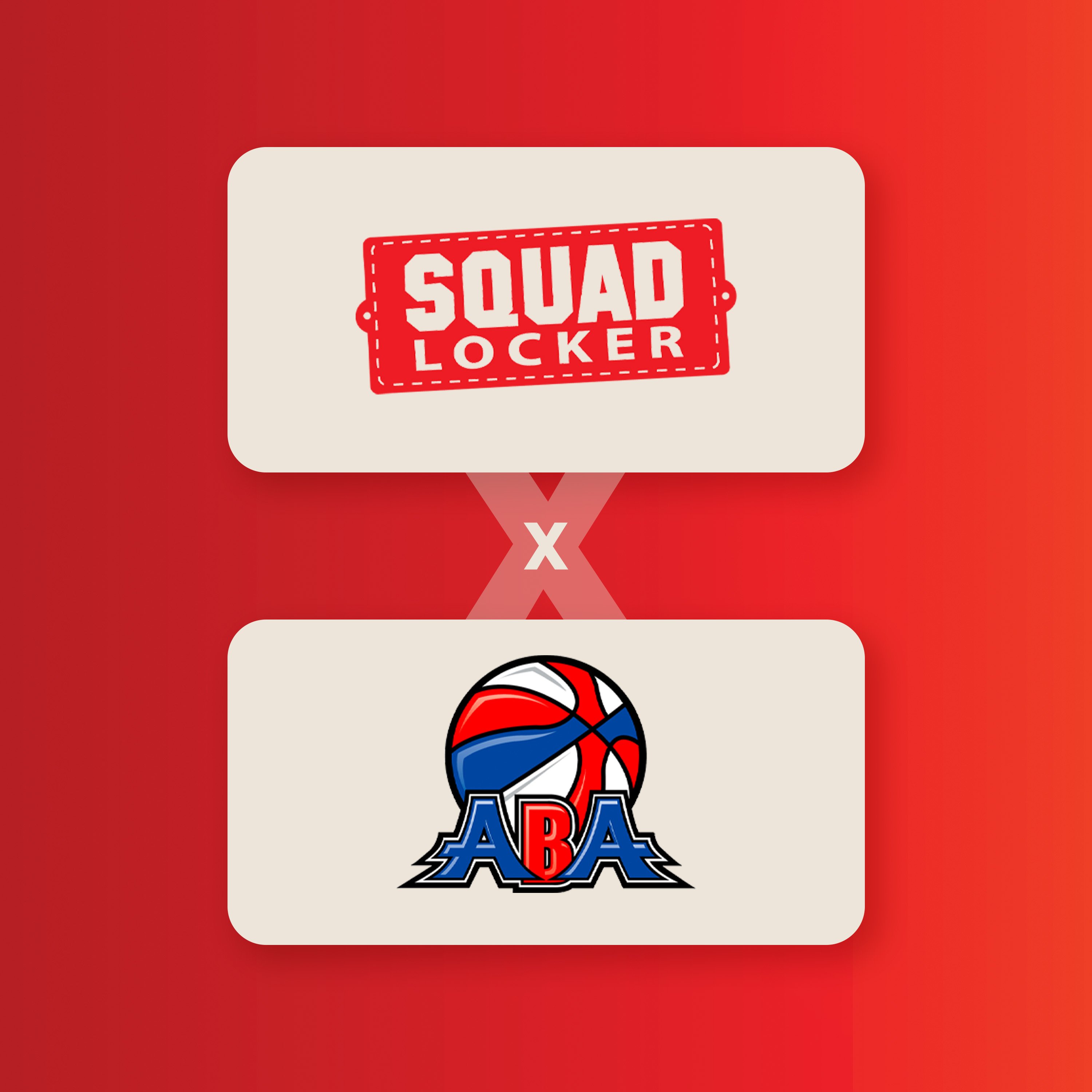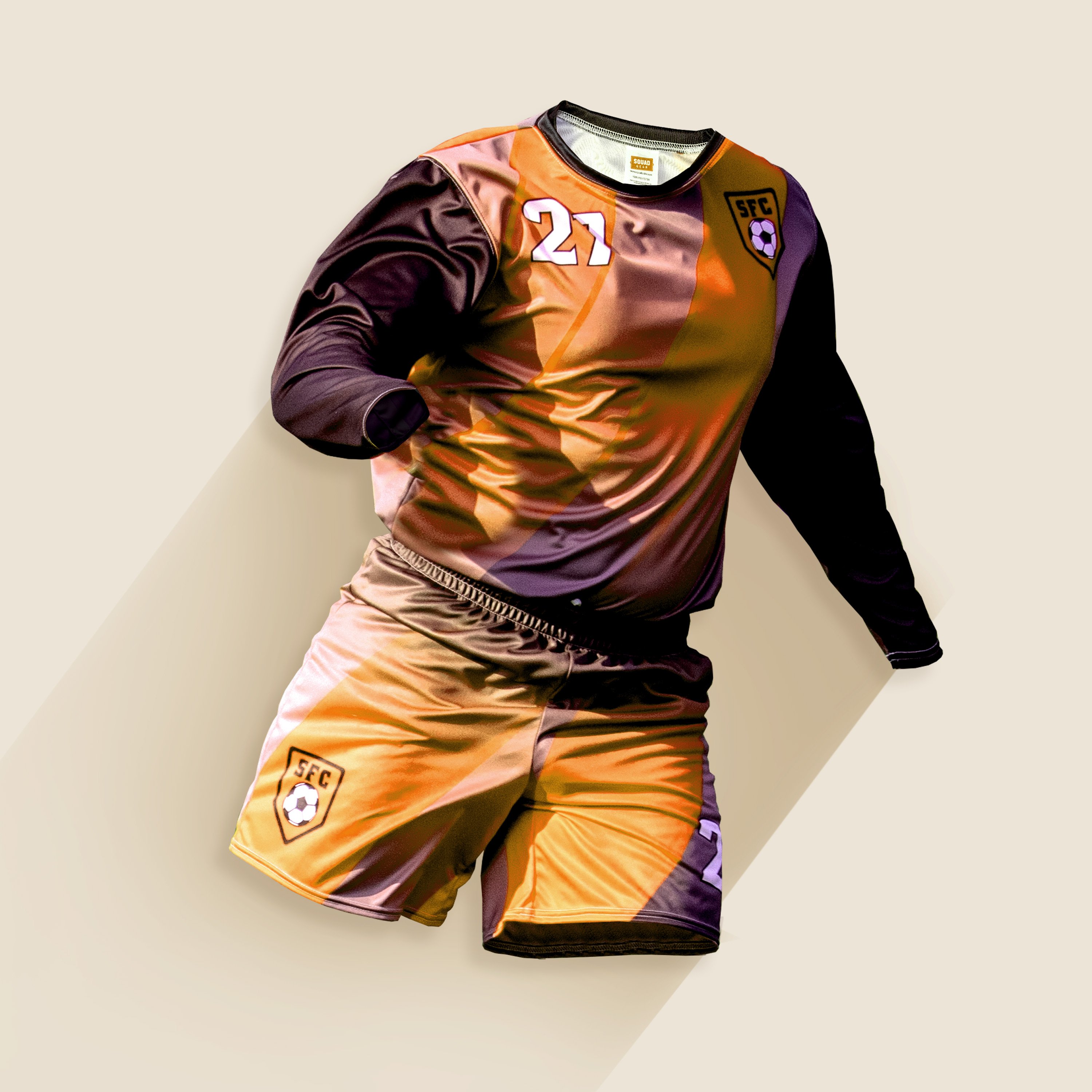One of the biggest challenges with the COVID-19 pandemic has been ongoing confusion. Not knowing what the future will bring builds anxiety, virus or no virus. While kids are anxious to return to play (and, boy do we understand that!), parents are anxious to know what that means. So is the rest of your community. What are your plans for their kids? How will you keep them safe so they can have fun?
Here are some tips for communicating with parents, players, and members:
Communication builds trust
Trust is the foundation of any successful Return to Play effort, because it is the only antidote to uncertainty. As you plan your youth sports organization’s return to play, do all you can to provide up-to-date factual information to all parties concerned. And be up-front about questions still unanswered. No one has all the answers yet, and the pandemic continues to be a moving target anyway.
If you haven’t already downloaded the free Return to Play guidebook created by SquadLocker and the PLAY Sports Coalition, we recommend you do that right away. This is no time to go it alone, and this guide is filled with valuable information and additional resources to walk you through all the complexities of planning your return to play -- including how to:
- Connect with property owners, to secure play spaces so you can resume operations. You want to develop (or strengthen) a long-term partnership beyond this crazy season. Problem solving always goes better when you work together, so emphasize your common goal of public safety. And stress all the ways your organization is working to address COVID-related concerns.
- Communicate with parents, who will need to help their children learn and follow new rules about equipment and practice/play. Parents themselves will need to know the new rules of transportation and spectating. Remind them of the ultimate reward – the importance of sports to their child. And encourage them to take action right away when it’s time to register.
- Speak with coaches and officials, who also need to know the new rules of play and equipment management. For this group, virtual meetings or training sessions will invaluable for two-way communication. Remind them that many kids are having a tough time just now, so they may be unruly. Young ones may need adult help in following the rules.
The Return to Play guidebook includes sample letters – templates you can follow or use almost verbatim as you communicate with each of these key groups.
Communicate early and often, starting right now
Lack of information leaves a void that people naturally fill with speculation. Because COVID-19 is so concerning, you just know that whatever parents imagine about their children’s return to play is going to be worst-case. Allowing them to suffer with worry will damage your credibility. And it could well result in fewer kids being allowed to participate. No parent is ready to put their beloved child at risk unnecessarily. No one else wants to be put at risk, either.
- Notify all appropriate parties as soon as possible about scheduled training sessions or meetings. Announce start dates and registration availability as soon as you can.
- Your RTP Playbook will communicate all the functional details needed for everyone involved in practices and games. But don’t just make it available. Hold virtual meetings with staff and players (and parents, especially if players are quite young) to go over new rules and procedures. It is critical that everyone understand and obey to ensure safe return to play.
- Provide regular updates to all parties regarding how your plans are shaping up and how things are progressing once play gets underway. In particular create an emergency communication plan so you can immediately alert everyone if a staff member of player tests positive for COVID-19 or if your RTP plans change due to an increase in COVID cases in your community.
- Make sure someone representing your YSO is always available to answer questions.
Show empathy in all your communications
We’re all in this together, and we’ll get through it best by showing we understand one another’s COVID-related challenges.
- Be it a municipality, school, or private party, the owner of your play field or court or rink is suffering financial challenges right now. Your budget is likely feeling a pinch, too. How can you work together so your return to play is a financial win-win?
- Many families are suffering financially, too – job losses or reduced incomes, trying to home-school children and coping with the whole no-contact situation put enormous pressure on parents. The same goes for coaches and other staff. You, too, no doubt. Communicate to parents that you get it – that’s why you’re pulling out all the stops to ensure the safest possible return to play for them and their loved ones.
- Children are especially effected by the pandemic. Their parents’ worry and stress are contagious, and kids are just plain anxious to get back together with their teammates. The Return to Play guide includes excellent Special Olympics resources on leading in time of crisis as well as resources from the CDC and the National Council of Youth Sports to help you communicate in kid-friendly ways.
The more you keep in touch as you move forward, the more you will do to build comfort and confidence in your organization’s return to play. We’ll be rooting for you!
Share this Story











